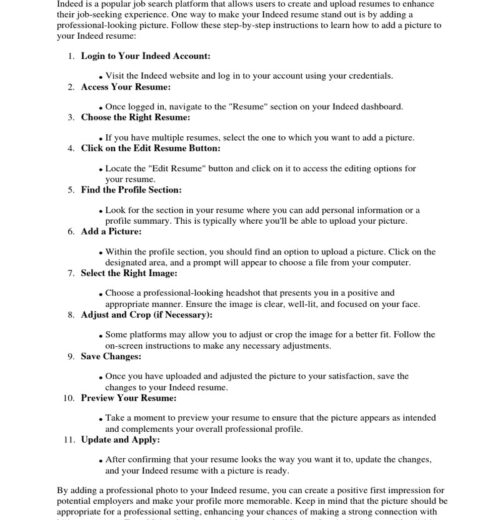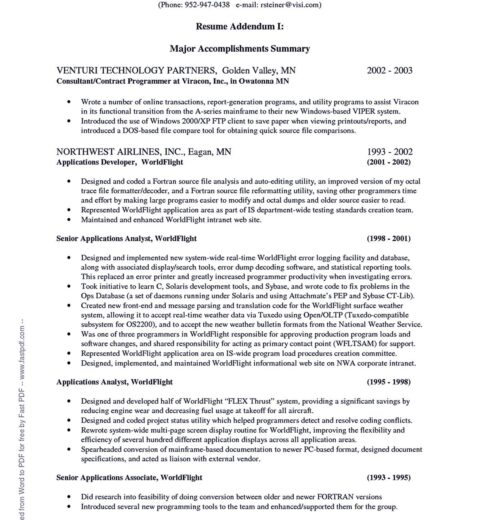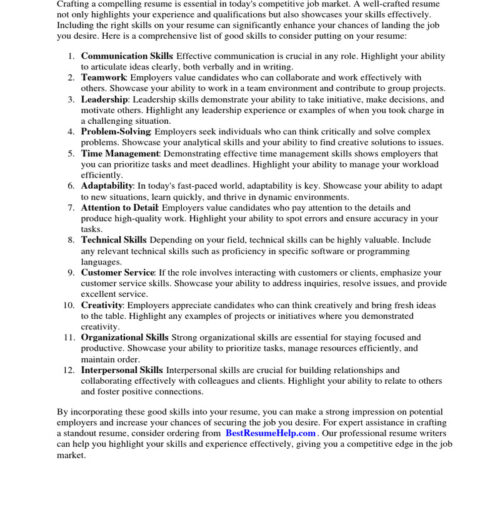Receiving a promotion is an outstanding career milestone, often signifying recognition of one’s dedication, skills, and contributions in the workplace. As individuals navigate their career trajectories, the integration of promotions into resumes becomes paramount. This task, while seemingly straightforward, requires a nuanced approach to convey the significance and impact of the achievement effectively. Understanding how to showcase promotions properly can enhance the narrative of your professional journey and captivate potential employers.
Initially, it is crucial to recognize the psychological aspect inherent in promotions. Achieving a higher position embodies not only an improvement in rank but also a validation of one’s capabilities and work ethic. This celebratory moment often instills a sense of pride and an eagerness to demonstrate this progression on official documentation such as a resume. The intrigue surrounding promotions extends beyond mere title changes; it correlates with growth, responsibility, and influence within an organization.
Effectively Integrating Promotions into Your Resume
When you decide to showcase your promotion on your resume, the goal is to emphasize not just the new title but also the skills and achievements that warrant that advancement. Begin with a clear structure by listing your job experiences in reverse chronological order. This allows the promotion to stand out prominently, inviting the reader’s attention to the timeline of your career growth.
For instance, if you transitioned from “Marketing Associate” to “Marketing Manager,” format it like this:
- Marketing Manager March 2021 – Present
- Marketing Associate June 2019 – March 2021
This structure not only illustrates your career progression but also provides clarity on the timeline and your advancing responsibilities. The inclusion of dates is critical, as it allows recruiters to quickly ascertain your chronological professional growth.
Highlighting Achievements and Responsibilities
Next, under each job title, highlight specific accomplishments and responsibilities that defined your role. For the position of Marketing Manager, you might include:
- Developed a rebranding strategy that increased market share by 15% within the first year.
- Led a team of eight marketing professionals, fostering a collaborative environment that enhanced project delivery time by 20%.
- Implemented data-driven decision-making processes that reduced marketing expenses by 10% while boosting lead generation.
These bullet points not only underscore your achievements but also articulate the value you brought to the organization. When detailing accomplishments, utilize measurable outcomes wherever possible. This quantifiable approach lends credibility to your claims and showcases the tangible impact of your contributions.
Incorporating Soft Skills and Leadership Qualities
Beyond quantifiable achievements, promotions frequently entail enhanced responsibilities that require a range of soft skills. It’s essential to intertwine these skills within your resume narrative. For instance, in a leadership role, effective communication, strategic thinking, and team development become pivotal. Highlight how these competencies contributed to your successful ascent within the company:
- Implemented communication frameworks that improved team engagement and morale.
- Facilitated workshops on strategic thinking that equipped team members with essential skills for project success.
Revealing these aspects paints a fuller picture of your competencies, making you an alluring candidate for prospective employers who are seeking individuals capable of navigating complex workplace dynamics.
Addressing Job Gaps or Lateral Moves
Sometimes, promotions can be accompanied by repositioning within the same organization or even job gaps. Addressing these transitions candidly within your resume can reflect transparency and adaptability. For lateral moves, consider explaining how the change provided you with a broader skill set or essential exposure to different facets of the business. Conversely, if there are job gaps, providing context through skill-building activities—such as further education or volunteer work—can mitigate potential concerns.
Utilizing a Summary Section
A well-crafted summary at the top of your resume can serve as a powerful introduction, encapsulating your professional ethos and highlighting your promotional history. In this section, you may wish to succinctly state your years of experience, areas of expertise, and key achievements. For instance:
“Dynamic marketing professional with over five years of experience, adept at driving revenue growth through innovative marketing strategies. Proven track record of progressive leadership, successfully transitioning from Marketing Associate to Marketing Manager, achieving a 15% increase in market share.”
This summary sets the tone, amplifying the importance of your promotion right from the outset.
Conclusion
Mastering the art of displaying a promotion on your resume requires more than just stating a new title; it necessitates a thoughtful integration of achievements, skills, and growth narratives that together illustrate your professional journey. Promotions are not merely milestones but pivotal moments that reflect dedication, capability, and ambition. By effectively presenting these elements, you can enhance your resume, making it a compelling representation of your career and potential contributions to future employers.
In a competitive job market, ensuring that your promotions are showcased with aplomb can set you apart, inviting employers to engage with the narrative of your professional success. Be intentional, precise, and reflective, and watch how your resume becomes a robust testament to your career advancements.




